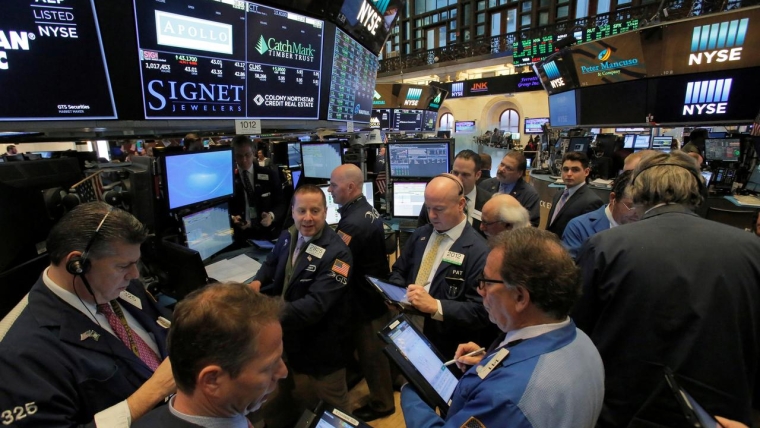
Risk sentiment continues to improve, with optimism on a Brexit deal and a positive vibe on future US-China trade developments. Commodity currencies have showed some modest performance, seeing the NZD hover around the 0.64 mark. Global and NZ rates continue to track higher.
It has been a fairly quiet start to the week with a light calendar and little on the agenda other than Brexit. As widely expected, the Speaker of the House didn’t permit a vote on the new Brexit deal. The next step is for the government to publish the Withdrawal Agreement Bill and hold a “meaningful vote” on the bill Tuesday. Media doing the numbers continue to suggest that Boris Johnson has a slim majority for his deal. Even if it passes there is still the unknown of what amendments will be attached to the agreement, including the possibility for a public confirmatory vote that turns into a second referendum, pitting the deal against a Remain option.
GBP opened the week on a soft note following the weekend’s development, falling to a low of 1.2875, but once European markets opened it made a charge up through 1.30, peaking at 1.3013. It currently trades at 1.2965.
The vibe around US-China trade relations is better. Trump’s economic advisor Kudlow said that he saw the possibility of taking the December tariff increases off the table, as China requested, if trade talks go well. This followed a weekend speech by China’s Vice Premier Liu which talked up the progress of the trade deal and reiterating that China was “willing to work in concert with the US to address each other’s core concerns on the basis of equality and mutual respect”. Lower level trade talks will take place by phone this week to work on the text of the “phase 1” agreement, with the aim of Trump and Xi signing the agreement at the APEC summit in about four weeks.
The prospect of a Brexit agreement and the possibility that the worst is over in terms of the trade war continue to see improvement in risk appetite, with our index moving above the 60% mark to a risk-loving setting. The S&P500 is up 0.6%, taking it back above 3000 and on the verge of probing fresh record highs. Data released yesterday highlighted the economic impact of the trade war, with South Korean exports for the first 20 days of October down 20% y/y, on track for the eleventh consecutive month of declines. The data are considered a good bellwether of global trade. Meanwhile, Japan’s exports fell for the tenth consecutive month in September. A weekend report in the WSJ suggested that Trump had conceded that the trade war was hurting his re-election odds. If true, then not proceeding with the proposed increase in tariffs mid-December would make sense.
Risk-on sentiment sees global rates continue to probe higher, with 10-year rates across Europe and the US up about 4bps, seeing the US 10-year trade at 1.80%, its highest level in a month and up some 30bps in two weeks. Curve steepening remains evident with the US 2s10s spread up through 19bps, its highest level since July.
Higher global rates and curve steepening are washing through into the NZ rates market, with the 2-year swap rate up 3bps to 0.97% and the 10-year rate up 7bps to 1.41%. Reduced global risks are seeing pricing for RBA and RBNZ rate cuts move towards the likelihood of less policy stimulus. An RBA rate cut next month now looks highly unlikely, while a 25bps December cut is priced at an even chance. The NZ OIS market has moved from pricing more than a 25bps cut in November (a small chance of a cut as large as 50bps) to a slightly less than 25bps cut (a small chance that the RBNZ holds policy unchanged).
In currency markets there has been some small outperformance of commodity currencies. The NZD pushed up to a high of 0.6416 last night and has since settled around the 0.64 mark. A key line of resistance is at 0.6450, which was the mid-September peak. The AUD found some resistance at 0.6880 and currently trades at 0.6865. CAD is 0.3% stronger even with some election uncertainty as Canadians head to the polls. PM Trudeau could lose, with a swing to the Conservatives, or end up with a minority government, with the result seen to be a coin toss.
EUR and JPY both trade within 0.1% of last week’s close. The day ahead looks quiet with the likely Brexit vote during the next UK Parliamentary session a key focus.

We welcome your comments below. If you are not already registered, please register to comment
Remember we welcome robust, respectful and insightful debate. We don't welcome abusive or defamatory comments and will de-register those repeatedly making such comments. Our current comment policy is here.